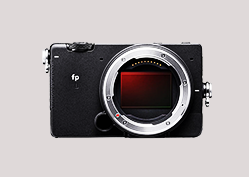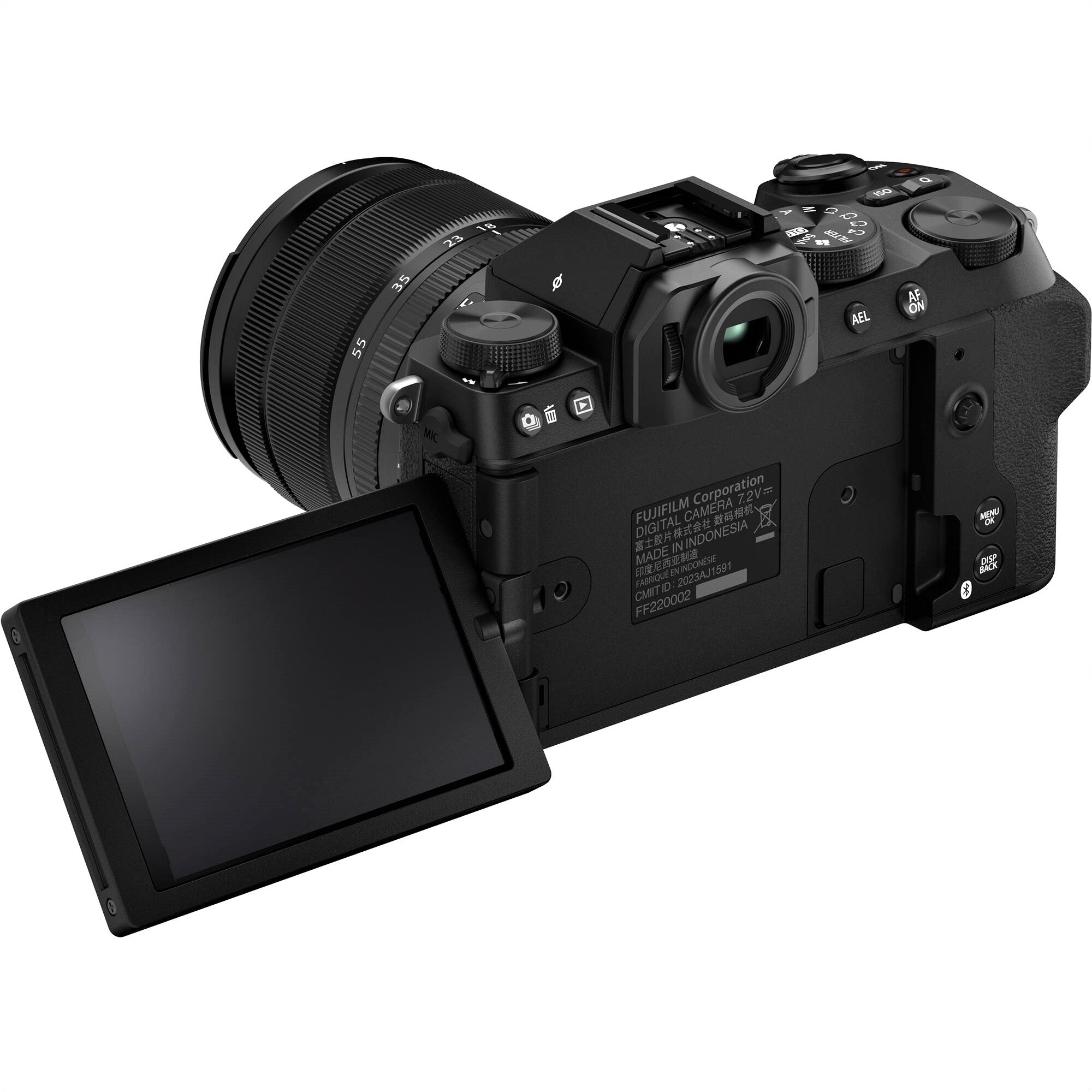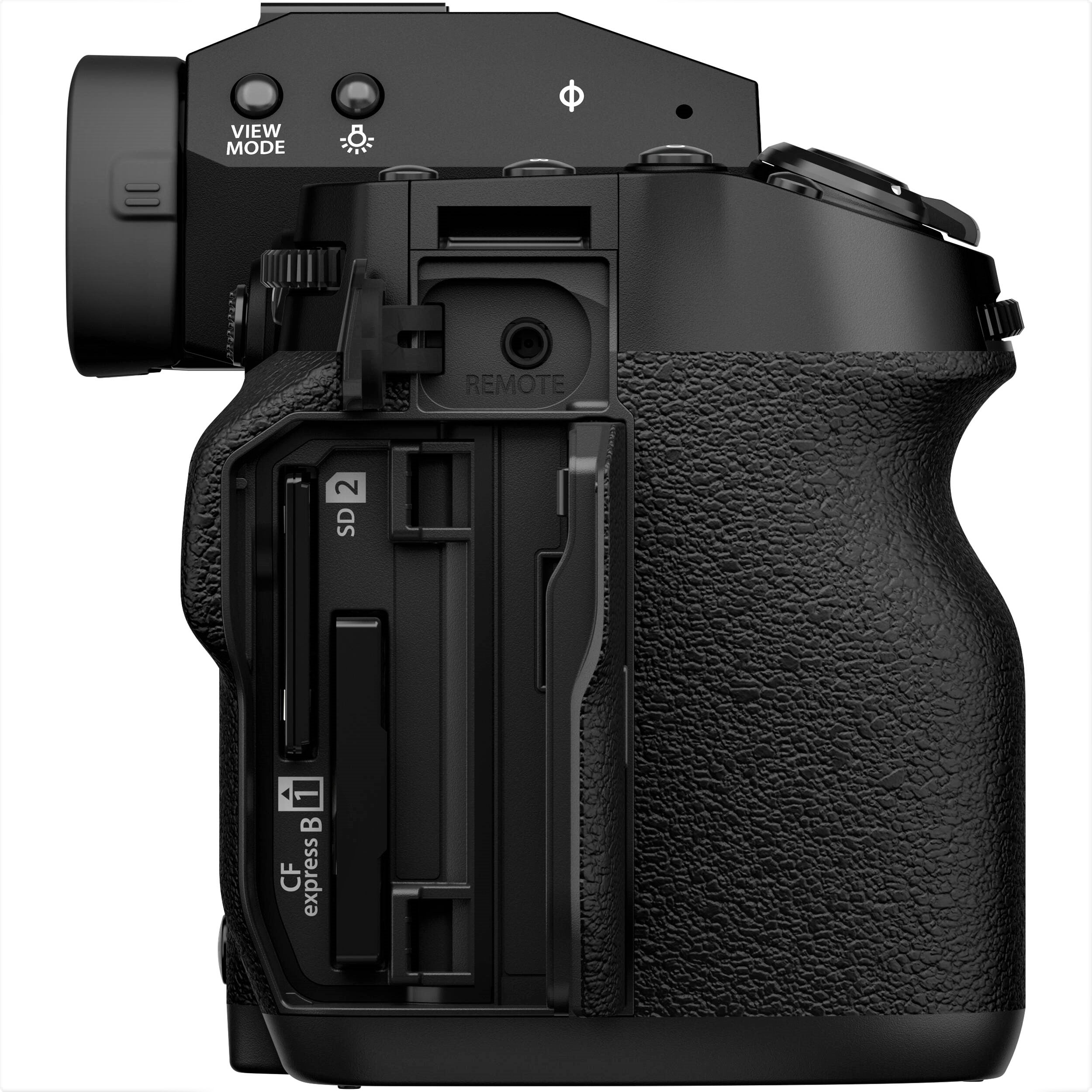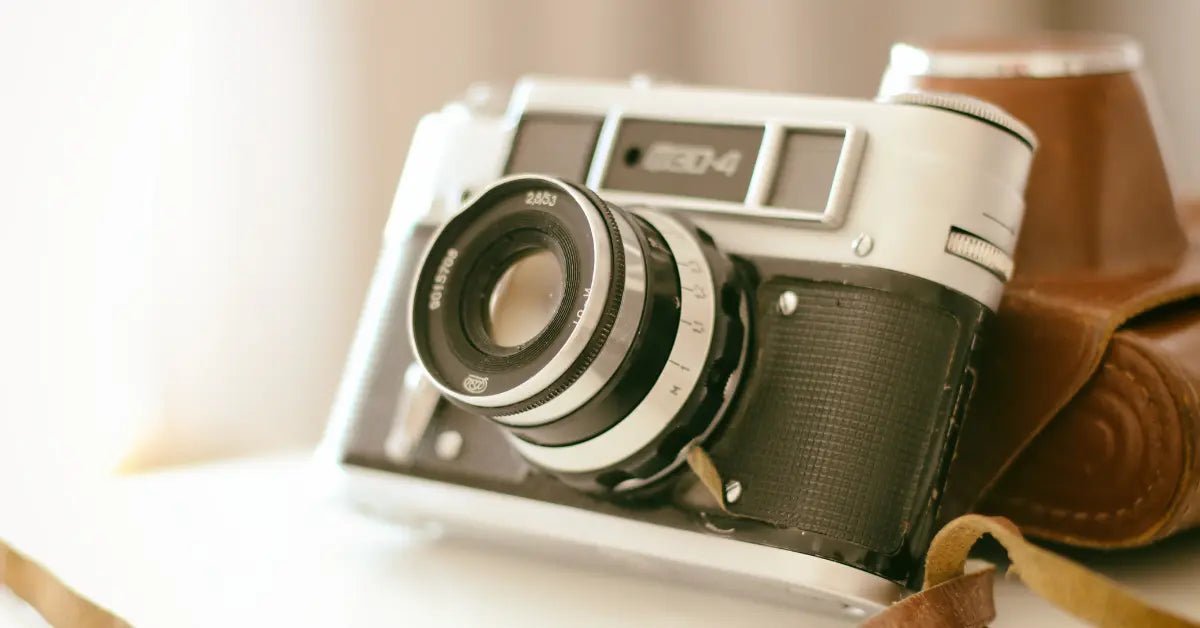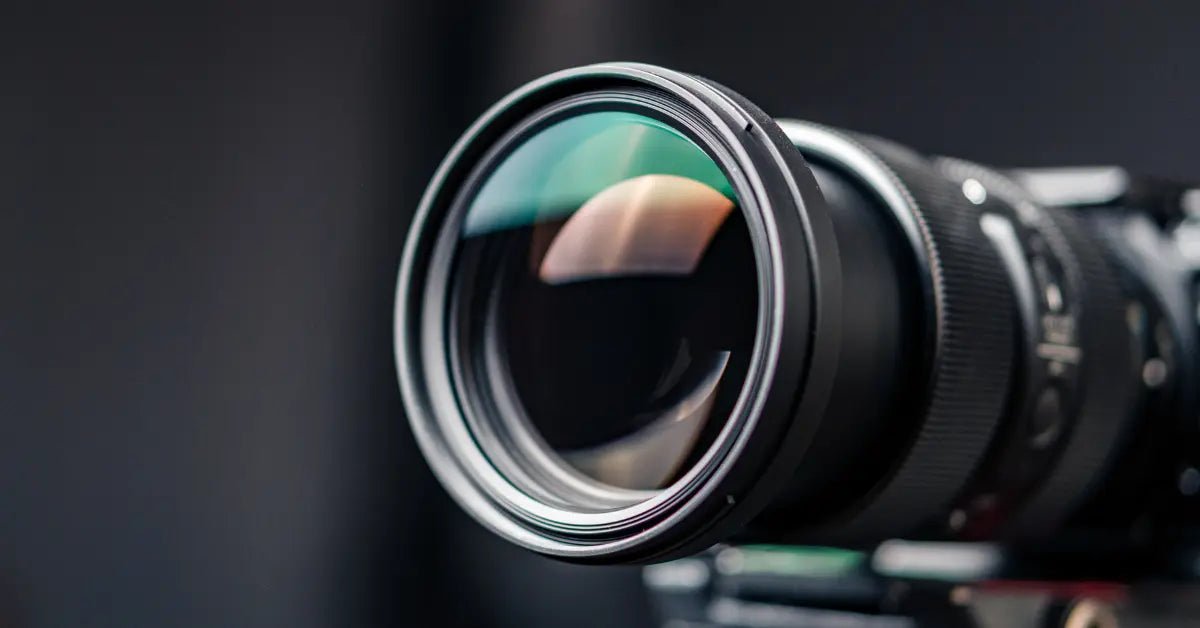PTZ cameras are revolutionizing security and media production with unmatched flexibility. These cameras, standing for Pan, Tilt, and Zoom, handle broad sweeps and close-up details, often replacing several fixed cameras.
They shine in surveillance, providing wide coverage from cityscapes to parking lots and aiding in incident response. Their dynamic capability is equally valuable in broadcasting, allowing seamless shot transitions and maintaining high video quality. This versatility is crucial for engaging live audiences and adapting swiftly to unfolding events.
Looking where and how to deploy PTZ cameras can greatly improve surveillance and broadcasting effectiveness. This article covers their strategic uses and integration into existing systems, offering actionable tips for enhancements and new setups.
With a comprehensive understanding of PTZ cameras, you're better equipped to leverage their capabilities, enhancing both security and media operations.
Introduction to PTZ Cameras

PTZ cameras are distinct in the surveillance world. They move horizontally and vertically, and zoom to highlight specific areas. Unlike static cameras, PTZ cameras cover a broad area, allowing operators to manually focus on particular activities or disturbances. This offers precision in real-time surveillance.
These cameras also automate their movements, scanning set paths without needing a human to guide them. This is beneficial in places that need constant watch, like retail areas, parking lots, and public spaces.
The automation aids in steady monitoring, lessening the reliance on human control and speeding up the response to security events.
For various surveillance needs, PTZ cameras are important. They swiftly adapt to changes in the environment, from large public gatherings to isolated industrial locations.
Their ability to shift focus quickly enhances security measures, making them ideal for sites needing dependable, adaptable surveillance options.
Key Features of PTZ Cameras
- Pan and Tilt Movements: PTZ cameras can rotate horizontally and vertically to cover a wide area, which is crucial in surveillance as it allows for a 360-degree view of the surroundings.
- Zoom Capability: These cameras can zoom in to capture details like faces or license plates from significant distances. The zoom function can be optical, which provides high-quality imagery without degradation, or digital, which enlarges the image through processing techniques.
- Remote Control: Operators can control PTZ cameras remotely, often via software on a computer, a handheld controller, or a mobile app. This feature is particularly useful in large facilities where direct access to the camera is impractical.
What is a PTZ Camera Used For?

A PTZ (Pan-Tilt-Zoom) camera is versatile and meets diverse needs across various settings, enhancing monitoring and recording.
- Security Surveillance: PTZ cameras are important in busy areas like malls and parks. They cover large areas with their dynamic features, track movements, and focus on suspicious activities, improving response times and awareness.
- Live Event Coverage: At events such as concerts or sports, PTZ cameras provide immersive experiences. They remotely track action, pan crowds, and zoom on important moments, crucial for capturing the excitement for broadcasts.
- Traffic Management: Used on highways and intersections, PTZ cameras manage traffic. They zoom in on accidents or infractions, helping resolve issues faster and aiding law enforcement.
- Wildlife Observation: For wildlife research, PTZ cameras observe animals with minimal disturbance. They allow detailed studies from a distance, following animals across terrains or zooming in without interference.
- Educational and Business Uses: Increasingly used in education and business for virtual interactions, PTZ cameras focus on speakers or aids, enhancing teleconferencing and online classes.
With their adaptable features, PTZ cameras offer solutions that traditional cameras can’t, highlighting their importance in modern surveillance and multimedia production.
Are PTZ Cameras Worth It?

Exploring the benefits of PTZ (Pan-Tilt-Zoom) cameras requires understanding their alignment with your surveillance or broadcasting needs. Unlike static models, PTZ cameras offer dynamic control. They let you pan, tilt, and zoom into areas of interest on-the-fly. This is especially useful in spaces needing broad monitoring, like retail environments, parking lots, or public areas.
These cameras cost more upfront than fixed ones. Yet, they often replace multiple static cameras by covering more space with adjustable angles. This can cut down on both equipment and long-term maintenance costs.
PTZ cameras also feature auto-tracking to follow movement automatically, and preset patrols to cover set paths. These capabilities enhance surveillance efficiency, freeing up security staff for other tasks.
For live events and broadcasts, the flexibility of PTZ cameras to capture various angles and focuses is invaluable. They are crucial for dynamic, high-quality production.
In sum, PTZ cameras are more expensive initially but offer significant advantages in versatility and coverage. They are a smart choice for thorough, adaptable surveillance or broadcasting. Asses your specific needs and the potential return on investment before purchasing.
The global PTZ camera market was valued at $1.42 billion in 2022 and is expected to reach $6 billion by 2026, growing at a compound annual growth rate (CAGR) of 13.5%. This growth is driven by increased demand for high-resolution surveillance in smart cities, public areas, and business sectors, as well as the rising adoption of remote-controlled and automated camera systems.(GlobeNewswire) (Cognitive Market Research)
Cost vs. Performance
PTZ cameras carry a high initial cost but are economically sound over time. Their broad coverage reduces the need for multiple cameras, simplifying installation and maintenance. These cameras can zoom, pan, and tilt remotely, adapting to varied monitoring needs.
This flexibility allows security to respond quickly to incidents with detailed footage. Thus, PTZ cameras justify their cost by enhancing surveillance and reducing equipment needs.
Pros and Cons of PTZ Cameras

PTZ (Pan-Tilt-Zoom) cameras are key in modern surveillance, offering extensive capabilities that need careful analysis for effective use.
Pros:
Extensive Coverage:
- PTZ cameras excel with their dynamic ability to move and zoom. They pan, tilt, and zoom into details without losing image quality.
- Ideal for large areas like warehouses or public squares, they allow fewer cameras to cover more space, possibly cutting costs.
High-Quality Imagery:
- These cameras provide high-definition visuals, crucial for identifying details like facial features or license plates.
- The technology maintains clarity even when zoomed in, perfect for security-heavy settings.
Cons:
Complexity:
- PTZ cameras are more complex than fixed cameras. They have intricate parts and advanced software to manage movements.
- This complexity means a harder learning curve and potential for more operational issues.
High-Quality Imagery:
- The high-quality video of PTZ cameras requires more data storage and network bandwidth.
- Organizations must ensure they have the infrastructure to support the high data demands, which may mean more IT investment.
PTZ cameras offer advanced surveillance that's crucial for security in large or detail-focused areas. However, their benefits of coverage and imagery come with complexities and high resource needs. Users should prepare adequately, ensuring they have the necessary infrastructure and skills to leverage these tools effectively and mitigate potential challenges.
Features and Advantages of PTZ Cameras

PTZ (Pan-Tilt-Zoom) cameras are critical in today's security and media fields. Here's why they're so valuable.
- Zoom that Makes a Difference PTZ cameras shine with their optical zoom. It changes the lens, not just the pixels, so you see faraway details clearly. This is crucial for places like high-security areas or animal habitats, where every detail matters.
- Seeing in the Dark PTZ cameras work great in low light. Their sensors keep the image clear when it's dark out. Most have infrared vision too, letting them see in complete darkness. This is perfect for places that need round-the-clock watch, like businesses or city streets.
- Smart Tracking These cameras automatically track movement. This is great for busy places like shops or public areas, where it's too much to watch everything all the time. The camera does the work, capturing all the action without needing a person to handle it.
- Tough and Ready PTZ cameras are built to last. They can handle bad weather and rough treatment, making them great for both inside and outside use. This makes them a reliable choice for many different settings.
Summing Up PTZ cameras pack a lot of power. They make places safer, help secure important items, and can expand what broadcasters can do. They handle different situations well, making them key players in today’s surveillance efforts.
What is the Difference Between PTZ and IP Cameras?

To effectively design a surveillance system, understanding the difference between PTZ (Pan-Tilt-Zoom) and IP (Internet Protocol) cameras is crucial. This knowledge ensures you select the right camera technology that aligns with your security needs and operational demands.
PTZ Cameras
- Mechanical Capabilities: PTZ cameras are distinguished by their ability to pan (move horizontally), tilt (move vertically), and zoom. This mechanical versatility allows them to cover a vast area with the ability to focus on specific details, making them ideal for monitoring large, open spaces such as parking lots or public squares.
- Remote Control Flexibility: These cameras can be controlled from a distance using software or a joystick. This feature is particularly beneficial in dynamic environments where the focus of surveillance needs to shift regularly, providing operators the ability to adjust the camera’s view on demand to react to suspicious activities or incidents as they unfold.
IP Cameras
- Network Integration: IP cameras connect directly to your internet network, facilitating not just local but remote viewing and management. This connectivity enables security teams or homeowners to access live or recorded footage from anywhere, as long as they have internet access.
- Advanced Data Transmission: These cameras transmit data via a network, often delivering video in high-definition quality. This technology not only supports clearer image resolution but also integrates with modern data analytics to offer features like motion detection, facial recognition, and automatic alerts based on specific criteria.
Combining PTZ and IP Technologies
While many PTZ cameras incorporate IP technology, it’s important to note that not all IP cameras offer PTZ features. A camera that combines both PTZ and IP capabilities leverages the strength of both technologies, providing high-quality, flexible surveillance that can be controlled and accessed remotely.
This combination is particularly powerful for areas requiring both detailed monitoring and extensive area coverage, such as industrial complexes, large retail stores, and extensive residential properties.
Understanding these distinctions and capabilities helps in making informed decisions about which camera types best meet your surveillance goals, ensuring both security and efficiency in monitoring activities.
Types of PTZ Cameras

PTZ cameras vary in type and functionality, catering to different needs and environments. Here are some of the common types:
- Indoor PTZ Cameras: These are perfect for indoor use. Think about places like offices or stores. They’re small and blend right in. Plus, they can move around—pan, tilt, zoom—to cover every corner, making them great for security.
- Outdoor PTZ Cameras: Made tough to withstand the elements, these cameras work great outside. They're ideal for big, open spaces like parks or parking lots. With abilities to pan wide and zoom far, they keep an eye on everything with fewer cameras needed.
- High-Speed Dome Cameras: These are a type of outdoor camera but faster. They can quickly pan and zoom to catch every action, perfect for busy places like roads or sports arenas. No moment goes unnoticed, keeping up with the fastest movements.
- Infrared PTZ Cameras: Night or low light, these cameras see it all. Using infrared, they provide clear pictures in the dark. They work well anywhere, from inside a warehouse to outside in a park, making sure nothing slips by unnoticed.
Understanding these types helps decide which PTZ camera fits specific needs, ensuring effective surveillance tailored to various environments. This simple breakdown not only keeps the reader engaged but also makes the information easy to grasp and practical to apply.
What to Consider When Buying a PTZ Camera

Choosing the right PTZ (Pan-Tilt-Zoom) camera is crucial. It's not just buying a piece of equipment—it's investing in your security. This guide simplifies the process of selecting a PTZ camera to ensure you make a smart choice:
Area of Coverage
Understanding the spatial dynamics of your surveillance area is important. The size and configuration of the space—be it a large retail environment or a compact office—directly influence the PTZ camera's specifications.
For expansive areas, opt for a camera boasting extensive zoom capabilities and broad pan and tilt ranges. This ensures comprehensive coverage without blind spots, crucial for both security and operational oversight.
Image Quality
Image resolution plays a pivotal role in the functionality of PTZ cameras. High-resolution cameras, offering 1080p to 4K fidelity, are essential when detail is critical, such as in facial recognition or license plate identification scenarios.
Clarity in recorded footage can mean the difference between identifying an intruder and a missed security breach. Consider the lighting conditions of your area as well; some cameras perform better in low-light conditions than others.
Connectivity Options
The integration of your PTZ camera with existing systems hinges on its connectivity capabilities. Wired connections, such as Ethernet or fiber optics, are renowned for stability and high-speed data transfer but may involve complex installation processes.
Wireless options, like WiFi, offer flexibility and easier setup at the potential cost of reduced signal reliability. Evaluate the infrastructure of your location to determine which connectivity option aligns best with your operational needs.
Budget Considerations
The cost of PTZ cameras varies widely based on features and brand reputation. Define your budget early in the shopping process to streamline your options and avoid overspending.
Consider not only the upfront cost but also installation expenses and potential maintenance. Investing in a slightly higher-priced camera might offer better longevity and feature set, providing greater value over its lifespan.
Long-term Integration and Maintenance
Selecting a PTZ camera that fits seamlessly into your existing security system while offering room for upgrades is crucial. Future-proofing your investment means considering upcoming technological advancements and compatibility with next-gen security protocols.
Regular maintenance and firmware updates are vital to keep the camera performing at its best, ensuring reliability and extending its service life.
Using PTZ Cameras for Enhanced Security and Surveillance

PTZ cameras redefine security with their ability to pan, tilt, and zoom effortlessly. These cameras are suited for diverse settings, from tight security zones to live broadcasts. With advanced features like high-definition and AI-driven motion detection, they proactively manage threats.
They analyze and respond to visual data, making them valuable for real-time surveillance. By covering extensive areas, they minimize the need for multiple cameras, proving cost-effective.
Whether part of urban safety initiatives or private security, PTZ cameras provide a versatile and effective solution to today’s complex security challenges.
Integrating PTZ Cameras into Your Security System
To optimize your security system by integrating PTZ (Pan-Tilt-Zoom) cameras, you can significantly improve surveillance capabilities. Here’s a guide to help you effectively blend these cameras with your existing infrastructure, ensuring both functionality and efficiency:
- Evaluate Your Existing System: Begin by carefully evaluating your current security system. First, recognize its strong points and weak spots. Next, identify any zones that need better protection. This analysis will guide you in placing PTZ cameras effectively, enhancing your setup without unnecessary redundancy.
- Strategic Planning of Camera Placement: PTZ cameras cover large areas effectively. Place them high for broad views. Focus on key spots likely to need monitoring, and strengthen weak surveillance areas.
- Network Capability Check: PTZ cameras need strong network support, especially if they send high-quality video. First, check if your network can handle the extra data. This is really important for IP-based PTZ cameras because they depend on your network to send video. If your network isn't enough, consider upgrading. A better network means smoother video and less delay, which is key for real-time monitoring and recording.
- Ongoing Maintenance and Upkeep: Taking care of your PTZ cameras is important to keep them working well over time. Set up regular check-ups to look at and clean the cameras, especially the parts that move. Focus on things like motors and gears, since they can wear out. Also, make sure the network connections are stable. Don’t forget about things like updating firmware or changing passwords to stay safe from online threats.
Taking these steps not only helps you use PTZ cameras well, but it also boosts the value of your security setup. These advanced cameras can really change how your surveillance works. They offer flexible, adaptable coverage that stays ahead of threats and keeps your space safe.
Final Thoughts on PTZ Cameras
PTZ cameras are a powerful tool for boosting security or live broadcasting. They have great features like zoom, auto-tracking, and night vision. These make them useful for both active security setups and when you need to monitor things after they happen.
If you're watching over a large public space, running a complicated security system, or covering live events, PTZ cameras give you the flexibility and performance needed to handle complex surveillance needs.
PTZ cameras are known for their flexibility and effectiveness. You can easily cover large areas with them, thanks to their movement and remote control features. Set them up properly, and they can really boost your security system or broadcasting setup, giving you more control and peace of mind.
If you're thinking about upgrading your current system or starting fresh, PTZ cameras are worth a look. Whether you're focused on security, filming events, or anything that needs detailed, real-time monitoring, these cameras offer control and efficiency that are tough to beat.
Looking for the best PTZ cameras? They can boost your surveillance system. Check out Nuzira for more info! We have a variety of PTZ camera systems to choose from, with all the details you need. Not sure which one is right for you?
We offer expert advice to help you decide. Visit our site today and start upgrading your security. PTZ cameras offer great benefits like improve your system with the latest tech for better coverage and control.

